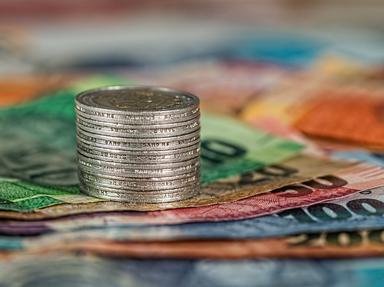
Reverse of the Coin (Euro--1, 2, and 5 Cent) Quiz
While the one cent, two cent, and five cent coins of the Euro each have a standardized design on one side, participating countries are allowed to choose the design of the other side. Match the country with the design used for these denominations.
A matching quiz
by bernie73.
Estimated time: 4 mins.